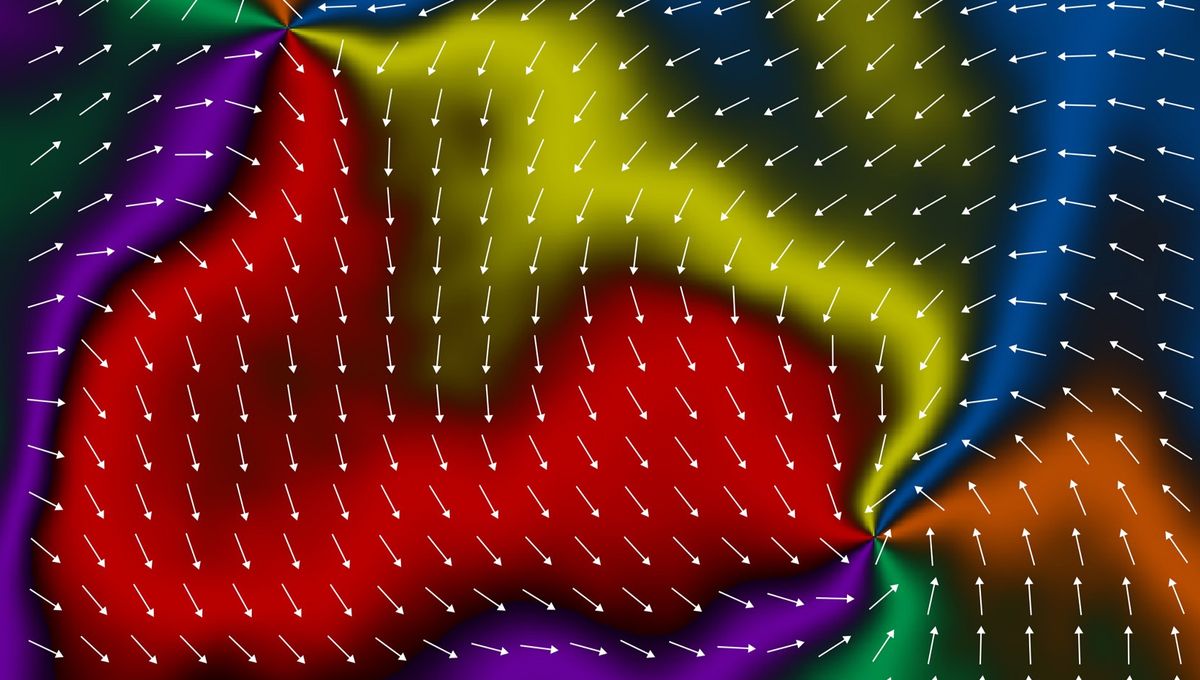
Materials tend to have very distinct magnetic properties. For some, being in a magnetic field means developing strong magnetic properties, in others they are weak, and in others still they are non-existent. Scientists have recently discovered a new class of magnetism called altermagnetism, and in new research, they have shown how to control it.
Materials such as iron are ferromagnetic: Once in a magnetic field, the magnetic moments of atoms align in a certain direction. This is how an iron nail sticks to a magnet, for example. There are also substances that are antiferromagnetic. This is rare, but very interesting. The magnetic moments of neighboring atoms are aligned in opposite directions, canceling out the total magnetic field.
We have a lot more experience with ferromagnetic materials, but antiferromagnetic ones too have their applications. Unfortunately, both have limitations when it comes to devices such as magnetic memory storage. Altermagnets possess properties shared by both other classes. Magnetic memory devices using these materials could be faster, more efficient, and made of less toxic materials.
“Altermagnets consist of magnetic moments that point antiparallel to their neighbors. However, each part of the crystal hosting these tiny moments is rotated with respect to its neighbors. This is like antiferromagnetism with a twist! But this subtle difference has huge ramifications,” Professor Peter Wadley, co-author of the new study from the University of Nottingham, said in a statement.
The material is manganese telluride, an alloy of manganese and tellurium (which still is slightly toxic). The team used X-rays to study the material, showing magnetic vortices at a 100-nanometer scale. Not just that, they were also able to alter the altermagnetic configuration in various ways.
“Our experimental work has provided a bridge between theoretical concepts and real-life realization, which hopefully illuminates a path to developing altermagnetic materials for practical applications,” study co-author Oliver Amin, Senior Research Fellow at the University of Nottingham’s School of Physics and Astronomy, explained
PhD student and co-author Alfred Dal Din has been exploring altermagnets for the last two years as part of his research, and said that “To be among the first to see the effect and properties of this promising new class of magnetic materials during my PhD has been an immensely rewarding and challenging privilege.”
The paper is published in the journal Nature.
Source Link: Meet The Altermagnets – Materials That Could Make Tech 1,000 Times Faster